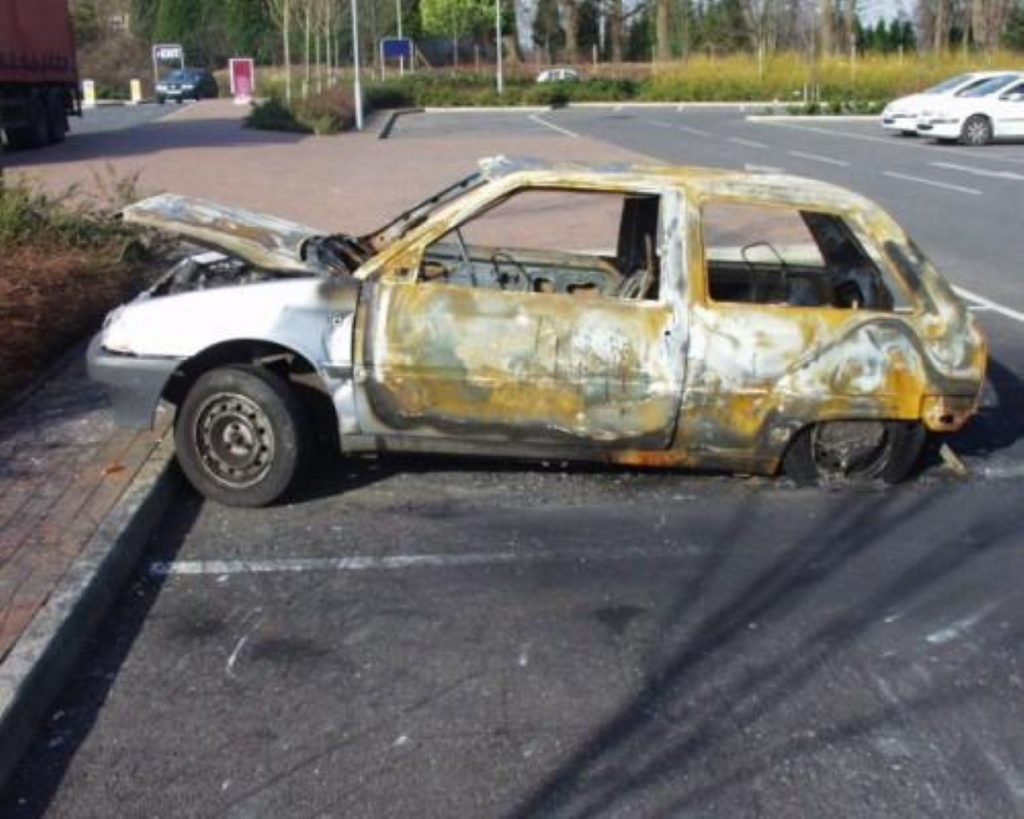Council leadership ‘contributed to race riots’
The race riots in Burnley in 2001 were in part caused by resentment over unequal council spending and a failure of local leaders to explain their actions, a new report finds.
Research by the Burnley Action Partnership admits that efforts to regenerate certain, often predominately Asian, areas of the town ignited existing racial tensions and led to the disturbances five years ago.
Since then, support for the British National party (BNP) has grown, and they now have eight seats on the local borough council. In last year’s general election, the far-right party won ten per cent of the vote.
Today’s report finds Burnley is still segregated – although just eight per cent of the population is from black or ethnic minority communities, ten out of fifteen council wards have less then three per cent of people from these backgrounds.


By contrast, ethnic minorities make up ten per cent or more of just three wards – in one of these, Daneshouse with Stoneyholme, they make up 66 per cent of the population.
And it was efforts to help regenerate these specific areas that ignited racial tensions in 2001, the study reveals, by drawing investment and activity away from one area to another, displacing anti-social behaviour into a different neighbourhood.
“Positive regeneration had an unintended side effect. Ironically, it contributed to social fragmentation by increasing neighbourhood rivalries. In Burnley, this fragmentation took ugly forms,” it says.
“Racists latched onto and encouraged the resentment. Sometimes people talked very badly about neighbours living only a few hundred yards away from them.
“Sometimes this came out as a kind of jealousy, sometimes it came out as blaming people for their own problems.”
Meanwhile, racial segregation was – and is – still evident in the education system, the report says, with some schools seen as ‘white’ and others as ‘Asian’, thanks in part to an admissions policy that was not transparent.
However, the report notes that 81 per cent of locals now mix with people from different backgrounds, people are now more confident about reporting hate crimes and 48 per cent believe Burnley can be home to different communities.
Programmes such as Building Bridges in Burnley, involving most Christian denominations in the town and all the mosques, are bringing people together, it says.
“We wanted to acknowledge how far the town has come without avoiding the stark message that the town had previously failed to tackle problems often of its own making,” said co-author Mike Waite.
“If the report has any lessons for other parts of the country it is that only by confronting your demons can you defeat them. Burnley knows it has made mistakes in the past.
“The town’s dialogue and work across communities over the last five years are the best platform for preventing those mistakes recurring in the future.”
Last week, a similar report was published into how far Oldham had progressed since it experienced race riots in 2001, and Professor Ted Cantle found there had been a significant improvement in community relations.
But he warned: “We were struck by the extent to which divisions within and polarisation between Oldham’s many communities continue to be a feature of social relations, and the seeming reluctance of many sections of the community to embrace positive change.”












